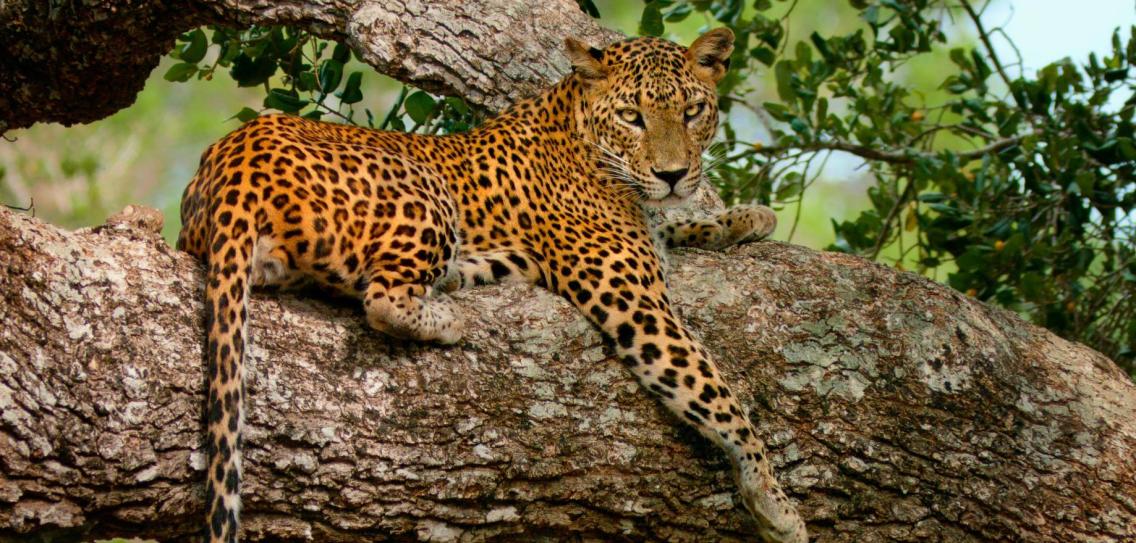
Yala National Park is one of the best places in Asia to spot leopards. On a safari through Sri Lanka, however, one also encounters semi-strong elephants and hatching sea turtles.
In the middle of the first dreamless night after the long flight, there is a strong knock on the bedroom door in the guest house on the beach. Startled, a bad one shoots through your head: Attack? Revolt? No. “The turtles are coming!”, Calls Nilantha and has disappeared into the palm garden again. Quickly hatched in a few clothes and afterwards.
The full moon illuminates a strange scene: in the background the surf of the Indian Ocean thunders on the beach of Hikkaduwa and a few rockets in the sky announce the end of a beach party. In the foreground a few people squat in a circle and stare into the sand. A kind of turtle meditation.
Minutes later, the reason reveals itself: A cherry-sized black ball and fin-like front legs rummage out of the sand. A few more thrusts with the hind legs, and the whole miniature turtle has shoveled free. Behind her appear more brains. Gradually, several dozen baby turtles hatch.
They are not even the size of a palm tree and now they are aiming for the sea to later grow thousands of kilometers away to one and a half meters long green sea turtles . And after about 15 years to return here, to their birth beach. Why, shows up the next night, in which again is not to think about a well-kept night’s sleep.
Sri Lanka is just beginning as a safari destination
Sri Lanka is a bit smaller than Bavaria and lies southeast of India in the Indian Ocean . The island state is a lively, squeaky-colored landscape painting, a hidden object of Buddhas and Hindu temples, lime green tea plantations, jiggling through the historic slow trains, enchanted royal cities, beaches and fishing villages under coconut palms, Ayurveda and yoga centers, tuk tuks in breakneck traffic on narrow streets, tourists, They jump into the ditches in terror, shops selling silk scarves, wood carvings and spice-scented spices.
And friendly people who are happy about the numerous guests from Germany . The German stream of visitors has been growing enormously since the end of the civil war in 2009. The fact that Sri Lanka does not have to hide as a nature experience and safari destination shows this trip. Because the Wildtierbegegnungen have just begun. Out of a total of seven sea turtle species worldwide, there are five in Sri Lanka.
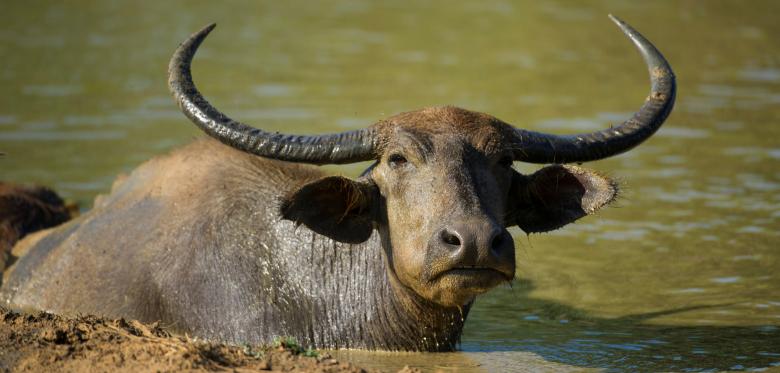
It is again night and again tropical hot. An adult turtle crawls onto the beach in front of Nilantha Patternott’s “Palm Beach Guesthouse”, she digs a hole and lays about 100 white, table tennis ball-like eggs. The animal must not be disturbed, the handful of onlookers keeps quietly in the background.
Only when the mother, weighing up to 140 kilograms, has buried the nest and carefully blurred her tracks by spinning on the sandy surface like a vibratory plate, did she begin her astonishingly nimble retreat into the ocean.
Sea turtles are still considered a delicacy
Meanwhile Nilantha removes her armored track, so that the eggs are not found by fishermen. Despite the strict protection of endangered reptiles, they are still considered a delicacy.
Nilantha also ate turtle eggs in his youth, but for about 20 years he has been committed to protecting them. Always at the time of the full moon nights, many sea turtles arrive at the beach of the former hippie nest Hikkaduwa lined with palm trees, pensions and smaller hotels and lay their eggs.
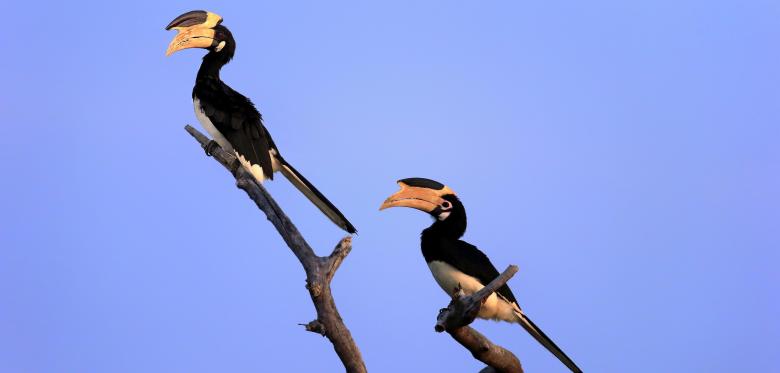
Nilantha searches the beach in the area to protect them from human and animal enemies. “I have already seen thousands of young animals hatch and accompany them into the sea,” says the 46-year-old proudly, “some of those who return now are sure to be my ‘pupils’!”
In the days after the oviposition he has a break, then the sun takes over the parents job and hatches the eggs. The temperature determines the gender: At over 29.9 degrees Celsius, females develop, at cooler temperatures males.
Between coral colorful fish frolicking
A beach walk further north lies the shallow fringing reef with over 60 coral species just off the coast and forms part of the Hikkaduwa National Park. It is overflowing with swarms of pale, transparent shining fish, which justify a long snorkel walk alone. In addition, cheeky orange-striped triggerfish, pouting sweetlips, and nimble anemone fish frolic between coral columns and plates, morays emerge from caves, and octopi disappear into them.
Frequently, tourists can even experience adult turtles in their element. Some guests may illegally lure the animals with algae food to pet them.
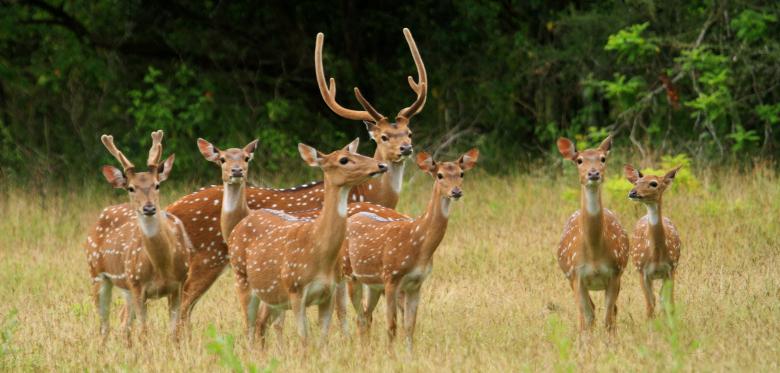
A four-hour road trip away is the oldest national park in Sri Lanka. The ride for almost 200 kilometers along the palm-lined south coast is entertaining.
Nilantha, who also works as a tour guide, provides Bollywood music and regular stops at the Dodanduwa fish market and on roadside farmers’ stands to taste tamarind and green melon with honey. In addition to the more modest accommodation in the villages, a few safari camps on the edge of the Yala National Park, as one would expect in Africa, promise luxury amidst the wilderness and exclusive safari tours.
The elephant drives the jeep in front of him
After all, more than 5,000 Asian elephants live in Sri Lanka, and Yala National Park has one of the highest leopard densities in the world. With a leopard density of one animal per square kilometer, it is one of the best places in Asia to observe the big cats. In addition more than 130 species of birds, several species of monkeys and deer, sloth bears and pangolins.
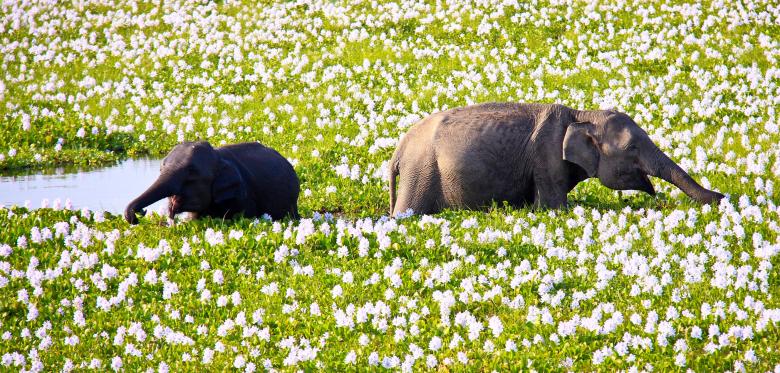
But first of all, a dip in the pool on the wooden deck refreshes your own 100 square meter luxury cabin in the “Chena Huts Lodge”. With a view of a few wild boars, who stare curiously at the bathers, and a crowded beach framed by stacked rock balls, there is no time for boredom.
Elephant tracks in the form of huge cows in sight stir up expectations. And really, the highlights are not to be missed here either. Already on the first evening safari with Pradeeth, an experienced guide from “Chena Huts”, a semi-pregnant elephant bull approaches the SUV.
He comes almost threateningly close, so that he can rub against the frame of the hood and through the telephoto lens of the camera only his eye is visible. A look without a camera shows that he could easily catch the same with his trunk. The driver continues a few meters, but the bull follows.
Like a toy car, the thick-skinned giant drives the jeep in front of him until he slowly disappears into the undergrowth, bending over a few thin trunks. He shakes his mighty skull, as if waving goodbye.
“This bull is young and in the ‘musth’ phase, with a surplus of hormones,” says Pradeeth. “He wants to show that he is the strongest.” He recognizes this by the secretion that runs from his temples, and the haschish smell of its exhalations.
Three leopards – right on the first safari
A radio message nourishes the hope of getting to know the king of this region in southeastern Sri Lanka. The leopard rock named after him rises above the green savannah as if it were a fortress.
At first, there is nothing to see. But then there is movement in the bushes, and a little later a big leopard male struts out of the thicket and looks like a ruler over his land.
He takes the growing collection of vehicles as graciously and relaxed as the Queen in a parade. The leopard seems to look right into the binoculars and cameras and pose for a good photo, like a monarch standing for a painting model.
But the rock stage has more to offer. A female leopard joins in, sneaks around the male, turns on her back like a domestic cat who wants to be scratched. Despite the distance one thinks to hear her purring. “Two leopards on the first safari, that’s great luck!” Says Pradeeth happily.
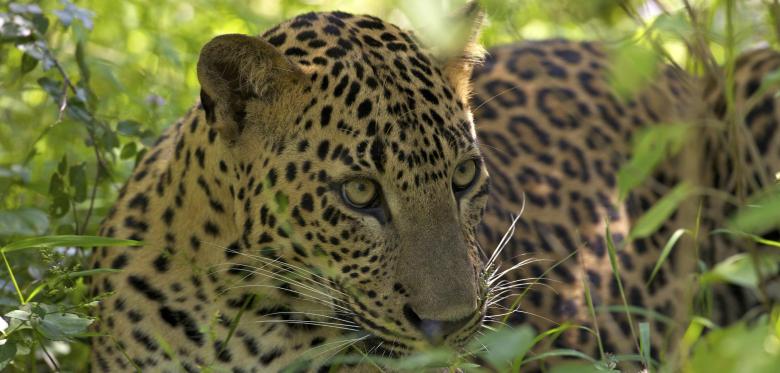
Then the extraordinary happens: Another female climbs supple the towering vantage point, builds up in front of the larger conspecifics, hisses and challenges the macho with the dotted fur. Mock attacks and fake paw shots follow. The cat answers with a confident rough bark.
Pradeeth is now over the moon. “That’s unbelievable, three full-grown leopards all at once, that’s never the case!” Because the leopards are loners. Only for the mating, the male stay with a female for about a week and then move on to the next partner.
These three animals must therefore be in a transitional situation. Several times seems to initiate a mating in their lovemaking and is not completed. As usual in other royal houses, the rulers of the park prefer to do it privately, with the exception of cameras and tourists.
But the rock stage has more to offer. A female leopard joins in, sneaks around the male, turns on her back like a domestic cat who wants to be scratched. Despite the distance one thinks to hear her purring. “Two leopards on the first safari, that’s great luck!” Says Pradeeth happily.
Then the extraordinary happens: Another female climbs supple the towering vantage point, builds up in front of the larger conspecifics, hisses and challenges the macho with the dotted fur. Mock attacks and fake paw shots follow. The cat answers with a confident rough bark.
Pradeeth is now over the moon. “That’s unbelievable, three full-grown leopards all at once, that’s never the case!” Because the leopards are loners. Only for the mating, the male stay with a female for about a week and then move on to the next partner.
These three animals must therefore be in a transitional situation. Several times seems to initiate a mating in their lovemaking and is not completed. As usual in other royal houses, the rulers of the park prefer to do it privately, with the exception of cameras and tourists.

